|
Is paranormal investigation, as we know it, dead? Or is it dying? Does it still have a pulse? I'm really unsure about saying this in public, but here goes it anyway. Speaking as the leader of a paranormal investigation team that formed in 2005 and has been reasonably active since 2007, it's damned hard to get an investigation these days! I'm not talking about private residence investigations, but the big sites that involve the entire team and all the gear; the public buildings, museums, theatres, old hospitals. I miss those. I know our Strange Occurrences team has a rep for being more skeptical than some, but we just follow the dictum of trying hard to find natural explanations for reported paranormal phenomena and not leaping to conclusions about paranormal causes, as do all the better teams around the world. We understand that this may put a few people off, but mostly those who just want affirmation of their beliefs, or maybe some publicity for their ailing business. But I know for a fact that it's not just us experiencing a lull. Haunted Auckland is the most active paranormal group in NZ, then there are a couple of other active teams as well as Strange Occs. That's four, or five max. active teams in the whole country. While some investigations go unposted due to client privacy, most investigators at least like to let others know when they've got something on. Assuming this, the number of major investigations conducted on average by all the teams in the country has declined significantly in the last two to three years. Some teams appear to not have done an investigation at all in that period, others have done barely a handful. And some teams appear to have given up entirely, their websites static or vanished, their Facebook pages languishing with just a few shared overseas posts or none at all. Not that Facebook or website activity are always reliable indicators of an investigation team's real-life activity. Strange Occurrences's website stats would make some commercial website operators' eyes water, and our FB presence is going from strength to strength. Also, pretty much everyone is considerate and polite on both the FB public page and the closed group, which is a joy. But it doesn't hide the fact that we're not doing nearly as many on-site investigations as in the past. So, if we admit that this is the way things are now, then why is it? In the last few years I've had quite a few big investigations slip through my fingers at the last hurdle (mixing metaphors - ha ha). This has most often been because, after much effort, finally the 'gatekeeper' has said No. This has been discouraging, and I mostly blame OSH (Occupational Safety and Health). I have nothing against OSH, rather I applaud the great job they do in making workplaces safer for everyone. But seriously now; the wider culture that's grown in society (for which OSH is partly responsible and partly a result of) is that everyone has become so risk averse they're afraid to give permission for anything, let alone for a team of paranormal investigators to operate on their premises. Why? Maybe they think we're going to 'cross the streams'. Although we're all responsible, mature adults, cautious and careful in the manner in which we conduct ourselves, the perception is that if one of us were to have an accident, then the person "who let those damned ghost busters in" would find their head on the chopping block. This is perfectly understandable, but it still does us no good. And I could be wrong but I don't believe waivers of liability, however well-worded, will solve the problem. The other issue, related to the above, is the earthquake status of many buildings subsequent to the tragic earthquakes in Christchurch in 2010 and 2011. In Wellington, many historic buildings are no-go areas because of their earthquake-prone status. This may even have a knock-on effect on risk-averseness relating to non-earthquake-prone buildings. I also wonder if the wave of general interest in 'ghost hunting' hasn't just petered out. If the popularity of TAPS and Most Haunted grasped the public imagination in the mid-2000s, the proliferation of later ghost hunting shows, which must have surely reached saturation point a while back, may have dulled it. Is everyone just ghost-hunted out? There's little interest in parapsychology, UFOs and cryptids at the moment too; it all goes in waves. If so, this would be consistent with interest levels in the paranormal historically. The 1960s and 70s were hot with ESP and psychic powers with Uri Geller and others on TV regularly, and there was huge interest in cryptozoology (Bigfoot, the Loch Ness Monster, etc), and UFOs (Close Encounters of the Third Kind), and wonderful TV series such as 'Arthur C Clarke's Mysterious World'. Many general and specialised books on the paranormal were published in these decades, even the authoritative Time/Life group produced a lavish set of volumes, 'Mysteries of the Unknown'. But the level of public interest had markedly decreased by the late 80s, when these books came out. While earlier TV series, such as the amateurish 'Ghost Detectives' (the British show from 2001, theatrically hosted by Tom Baker of Doctor Who fame), gave more emphasis to mediums, psychics and dowsers while the 'tech' boys mainly chased dust orbs with their early digital cameras and clunky DV systems, TAPS showed the way to a more savvy, technology-based method of investigating, which was taken up by the proliferation of new paranormal investigation groups and ghost hunters the world over (including S.O., at least in part). It's fair to say that this movement was largely technology-driven, because the availability of everything techy expanded while the price of everything contracted. The arrival of broadband internet in most homes and workplaces played a big part in both the popularity of ghost hunting shows and access to the gear to hunt ghosts with. It seems that this current wave of interest in the paranormal (with its main focus on ghosts) is now breaking on the shoreline. Perhaps the release of the movie Ghostsbusters 3 in July will breathe new life into the scene. In the meantime, we at Strange Occurrences are conducting things a little differently these days. Last August's name change to New Zealand Strange Occurrences Society was the first turn of the ship's steering wheel, and we're still turning it. The plan is to move the focus from site investigations to more of a communication, education and discussion-facilitating role. I see Haunted Auckland are doing this too, with organised, participatory public events, and the two books founder Mark Wallbank has written and produced with help from others in his team. Both Mark and I were speakers at Paracon Australia in 2014 and 2015 and attendees in 2016, which has been part of this journey. Strange Occurrences has a tasty investigation and other activities lined up for June, some good things to get stuck into upon my return from the Paracon, but there's no denying the semi-drought of 'real' paranormal investigations that shows little sign of breaking. I'm not as connected as some to what overseas groups are getting up to these days, but one indicator is a wonderful US-based organisation I used to have to pay a goodly sum of US dollars to subscribe to - paranexus.org - stopped charging membership fees a few years ago now. Sadly, it is but a shadow of its former self. What are your views and experiences of this situation? Please comment away.
1 Comment
OK, this is part review, part unashamed plug. Mark Wallbank, founder of the paranormal group Haunted Auckland, generously sent me a copy of his new book, 'Talking to Shadows', which arrived yesterday. I found myself reading in until very late last night. It's full of accounts of Haunted Auckland's investigations, team members' experiences, and thoughts and advice on paranormal investigation by the author and various others experienced in the paranormal field in NZ and Australia. While I would take issue with much of the chapter 'The paranormal vs. science...', 'I found the chapters 'I've been thinking' and 'No excuses' to be very honest and down-to-earth. They represent self-questioning views with a voice of reason and with depth of thought, sadly rare things in the paranormal field. 'No excuses' is humorously self-deprecating, showing that the author has his ego in check and is not claiming to be some kind of know-it-all paranormal expert. In fact, the entire book raises more questions than answers, which is to its credit. Minor gripes: most photos are not captioned, and editing and proofreading could've been a little more thorough, but the book is well structured and reads easily. I only put 'Talking to Shadows' down when my eyes were too tired for more, otherwise I would've read it cover to cover, and at 392 pages it is a substantial book! There is lots of food for thought here, so I'd recommend 'Talking to Shadows' to anyone generally interested in the paranormal and especially to those actively involved in paranormal investigation, or who are thinking of getting into it. While not intended to serve as a manual, 'Talking to Shadows' contains a wealth of information derived from experience that would otherwise take years, and many blunders, to find out for oneself. 'Talking to Shadows' is available from Amazon, or directly from the author- better if you're in NZ and want a print copy.
And while you're shopping on Amazon, why not get Mark's first book to accompany this one - 'Voices in the Walls', and pick up a copy of 'Spooked - Exploring the paranormal in New Zealand' to complete your set of recent New Zealand paranormal books. If you're going to Paracon Australia in May this year, Mark will be there with piles of both books, and the last few copies I have of Spooked will be available in the bookstall as well. |
Ectoplasmic Residueis a blog by James Gilberd - leader and co-founder of Strange Occurrences. Views expressed here do not necessarily represent those of the Strange Occurrences team. AuthorJames Gilberd is an amateur paranormalist, writer and musician, and a professional photographer, living in Wellington, New Zealand. Archives
February 2021
Categories
All
|
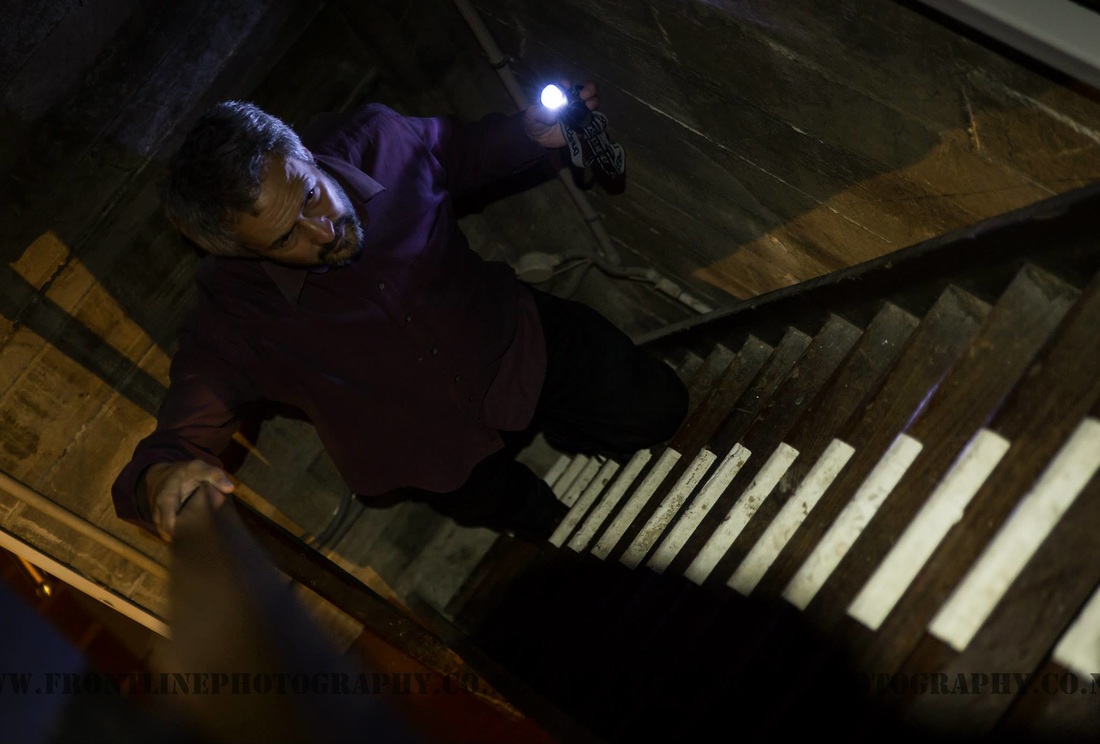
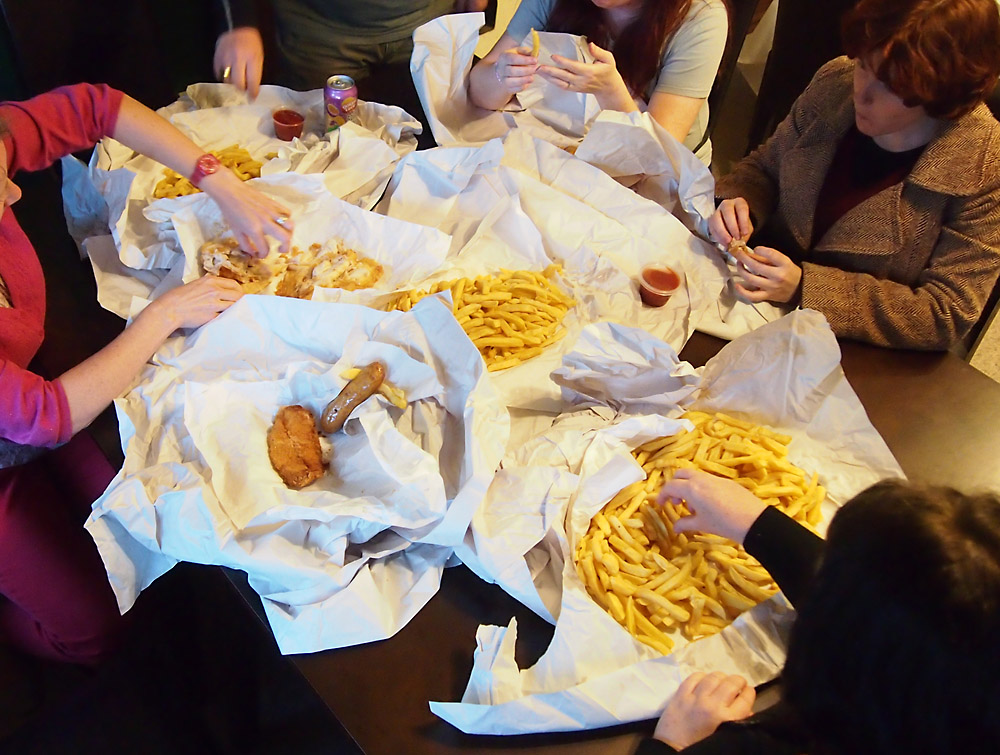
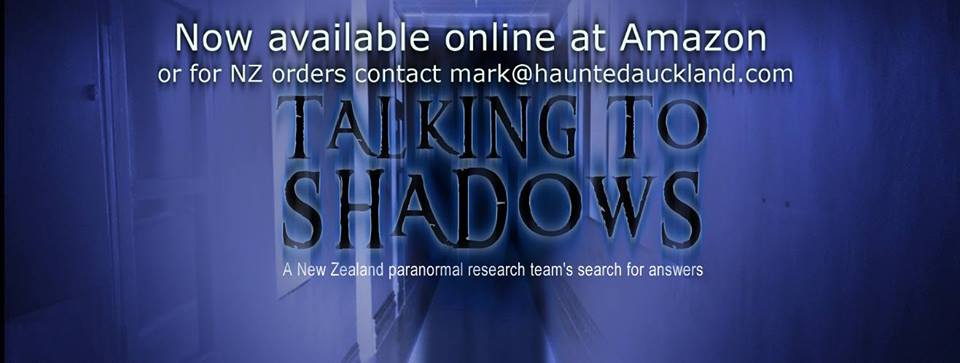
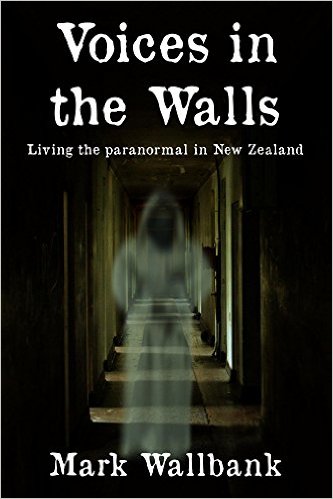
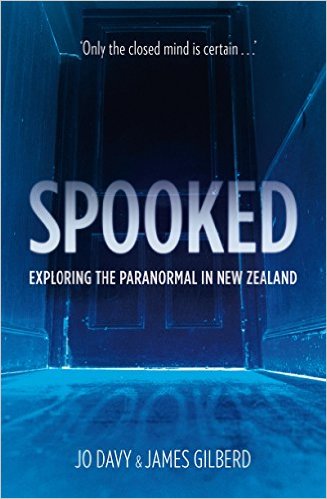
 RSS Feed
RSS Feed
